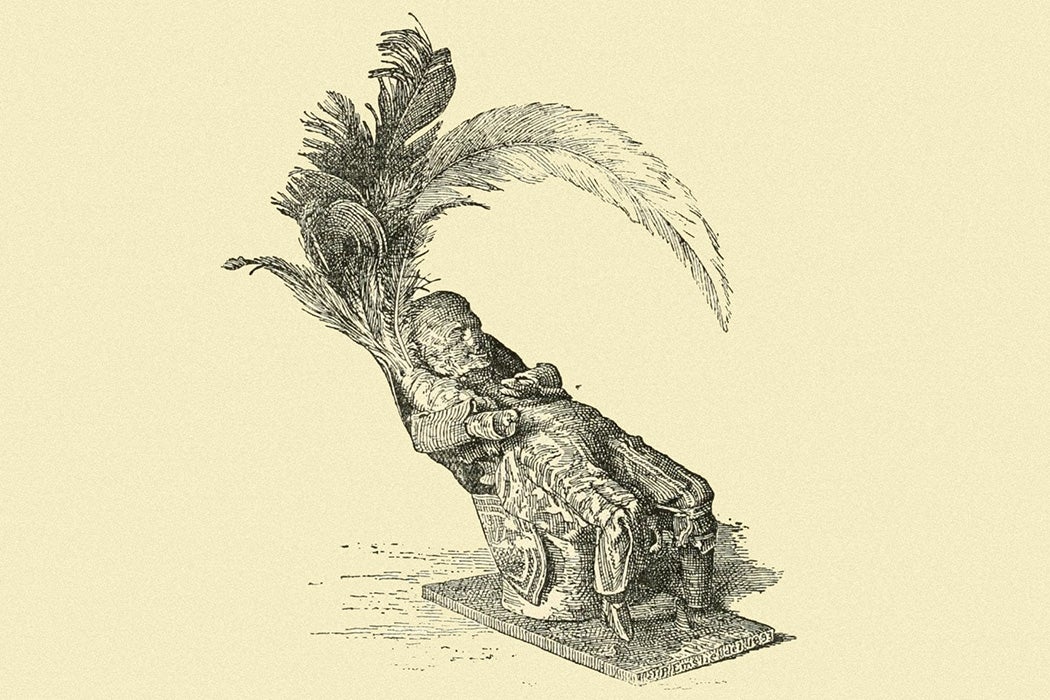Life on the eighteenth-century sugar plantations of Jamaica and Saint Domingue (now Haiti) was unimaginably grim. Ninety percent of their populations were made up of enslaved Africans, and thousands of people were trafficked to the islands each year to replace those who succumbed to the brutal conditions. The British and French colonists who enslaved the majority population were justifiably terrified of rebellion. And, as historian Diana Paton explains, they particularly feared Africans’ use of spiritual knowledge, which they understood through the lens of emerging European ideas about witchcraft and poison.
In early modern Europe, Paton writes, malicious poisoning and witchcraft were closely related ideas, and there was no distinction between the material and spiritual poisoning. For example, the European myth of Jews poisoning Christians’ wells was linked to accusations of Jewish sorcery.
By the time Caribbean sugar plantations were at their peak, European central governments had stopped treating witchcraft as a legitimate threat. But that didn’t mean that popular ideas about black magic had disappeared. France became the first European country to stop prosecuting alleged witches in 1682, officially decreeing that witchcraft was fake magic. But it still maintained laws against “poisoning by magical or natural means.” In Britain, meanwhile, witchcraft prosecutions declined gradually as the educated elite began to scoff at the idea of witches. But plenty of people still believed in them.
Looking at two mid-eighteenth-century Caribbean slave rebellions, Paton notes that the organizers drew on West African forms of spiritual knowledge and magic. As in Europe, African conceptions of supernatural powers were often tied to physical substances, but these were not necessarily used in malicious ways and could be sources of protection.
In Saint Domingue, enslaved Africans and maroons organized politically and spiritually, using pouches of ritual materials, known as makandals, believed to give the users protection and special powers. The rebellion’s leader took his name from these objects. In the mid-1750s, colonial authorities accused Makandal’s followers of poisonings that caused 6,000 deaths. Historians now say it’s not clear what really happened—the deaths may actually have been the result of moldy flour. But colonial rulers, influenced by the importance of poisoning in French conceptions of magic, identified the makandals as a form of poison.
Weekly Newsletter
In 1760, two years after Makandal was put to death, an enslaved man named Tacky led a series of rebellions across Jamaica. Like Makandal, he drew on African spiritual traditions to fortify his fighters. British planters, who were less invested in the idea of magical poisons than the French, identified this magic as “obeah,” an African-derived term that they used to describe a range of spiritual practices.
On both islands, Paton writes, the governments cracked down on spiritual practices by the enslaved. But they maintained a useful ambiguity about whether they were merely banning a material practice (poisoning in Saint Domingue, pretended magic used for political organizing in Jamaica) or if they were recognizing actual, dangerous power possessed by the people they enslaved.
Support JSTOR Daily! Join our membership program on Patreon today.







